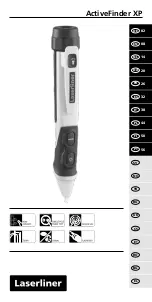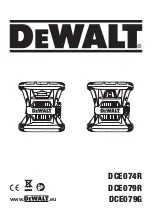
1
1. CONTENTS
2. Nomenclature
page 3
3. Care and Maintenance
page 4
4. Using your Instrument
4.1
Setting up your Instrument
page 5
4.2
Stadia Measurement
page 5
4.3
Measuring Height Difference
page 6
4.4
Horizontal Circle and Vernier Reading
page 7
4.5
Compensator Lock
page 8
5. Checking and Adjusting your Instrument
5.1
Circular Level
page 8
5.2
Line of Sight
page 9
5.3
Crosshairs
page 9
5.4
Adjusting the Compensator
page 10
5.5
Repair Shop Adjustments
page 10
6. Specifications
page 11





























